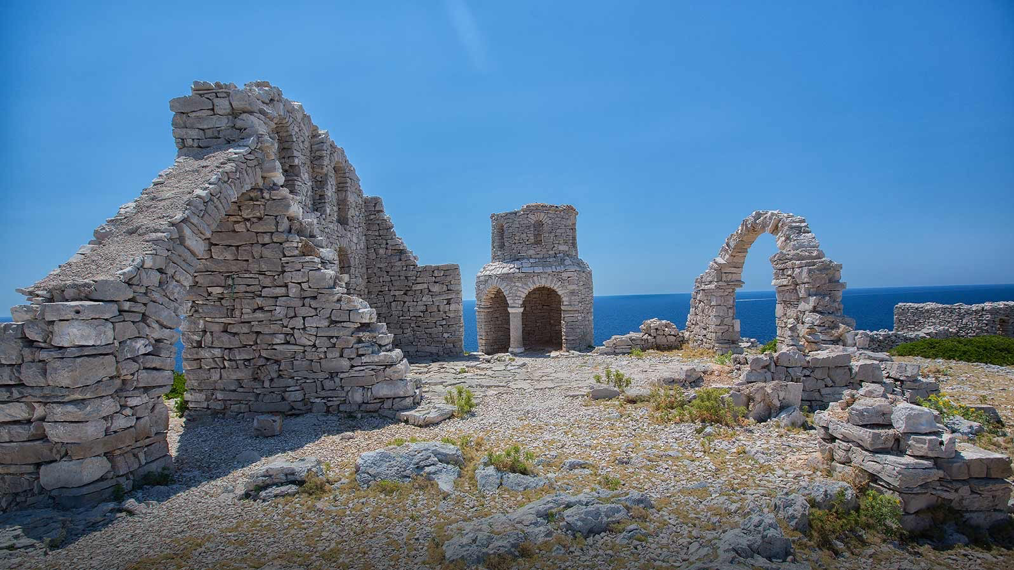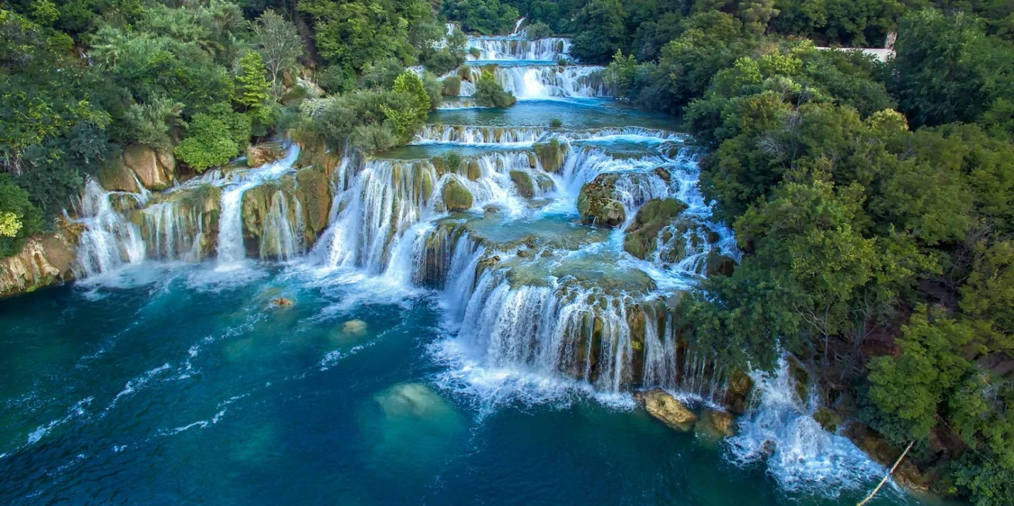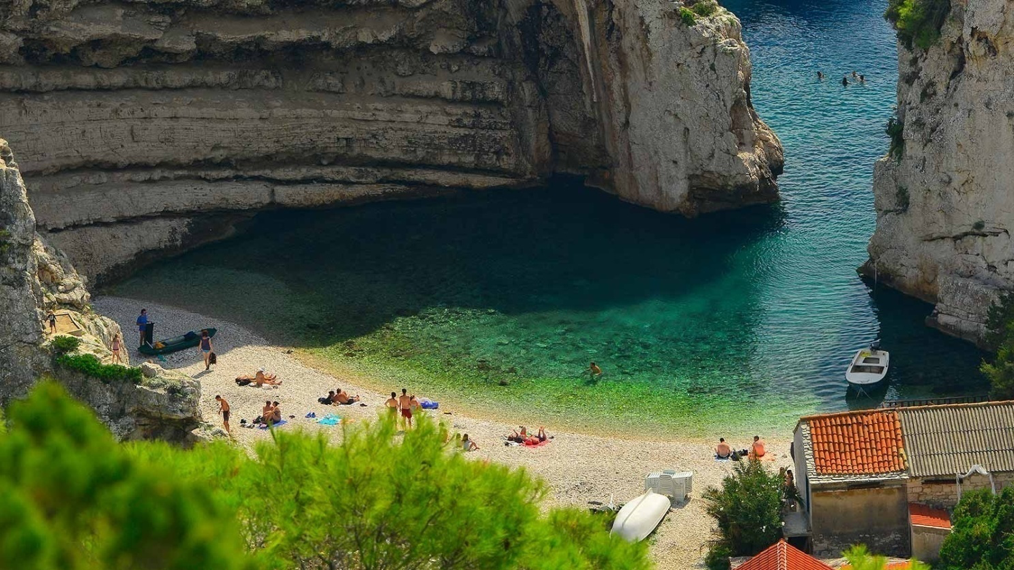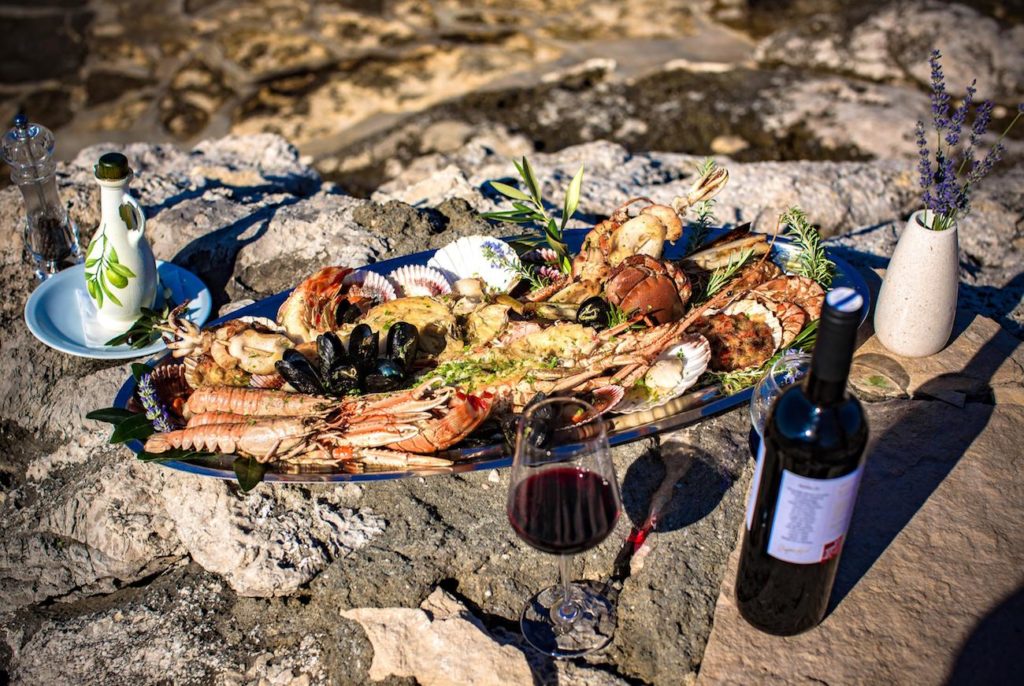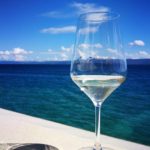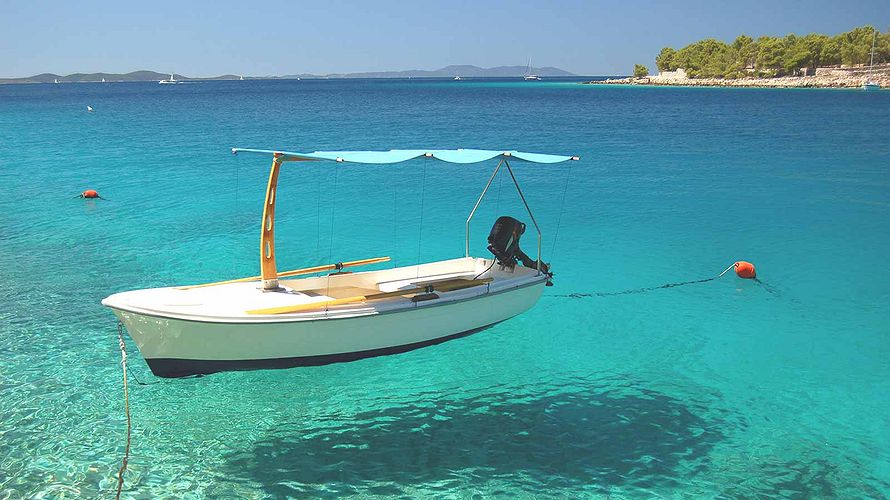
06 May Croatia
The roots of Croatia, of its own name Hrvatska, unique in many respects, go far back in the past. The richness of its cultural assets testify to a turbulent past, from the Roman age, through the Renaissance, the Baroque, the Turkish conquests to the modern age, are all assets that charm the visitor.
Its rich cultural heritage is complemented by a nature with incredible beauty thanks to which each season of Croatia is attractive: 8 national parks, 11 natural parks, many heritage properties under the auspices of UNESCO make it a land of magnetic attraction.
Beautiful beaches, one of the purest seas in the world, hidden bays, mysterious lakes and mountain peaks, crystal clear rivers, fantastic gastronomy and world famous wines …
… all this is Croatia, but more. It is the homeland of the tie, the parachute, the torpedo, the pen, the tungsten filament bulb, the second oldest film festival in the world, the Dalmatian dog, Marco Polo, one of the most ancient cities and parliaments of Europe, second longest walls, the smallest cathedral, the oldest arboretum, and the homeland of great sportsmen.
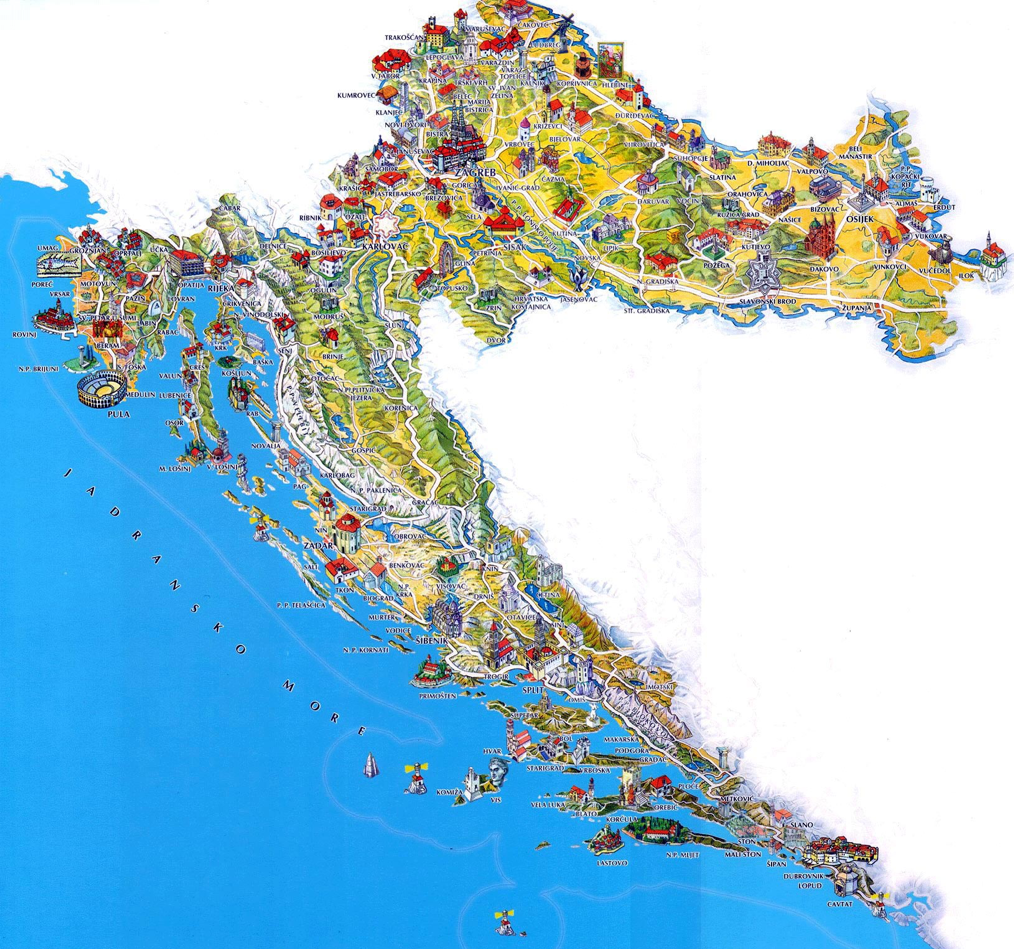
The Croatian national territory totals 56,594 km2 with 31,479 km2 of coastal waters for sailing, swimming and diving.
Croatia occupies the largest area of the eastern coast of the Adriatic Sea, which, as part of the Mediterranean Sea, going deep into the European continent. The narrow Dinara mountain range separates the Mediterranean region from the country of its part of Central Europe, from the eastern edges of the Alps in the North-West to the banks of the Danube and encompassing the southern part of the fertile Pannonian Plain. .
Area: the total area covers 56,538km2 of land and 31,067km2 of territorial water.
Population: Croatia has 4,290,612 inhabitants. Most of the inhabitants are Croatian and the most numerous national minorities are Serbs, Bosniacs, Italians, Albanians, Roma, Hungarians, Slovenes and Czechs.
Capital: Zagreb, with its 800,000 inhabitants, is the economic, cultural and academic center of the country.
Major cities: Split, Rijeka, Osijek
Official language: Croatian
State form: Parliamentary democracy
Length of the coast: 5.835,3km including 4.058km of coast belonging to the islands and rocks. Croatia has 1244 islands, islets, rocks and reefs. The largest islands are Krk and Cres. 50 islands are inhabited.
Currency: The official Croatian currency is Kuna (1kuna = 100 lipas).
Climate: Croatia has two basic climate zones, continental and coastal. The continental, interior is moderately rainy with hot, humid summers, cold, wet winters and a forest climate with snowfalls on the highest peaks.
The coastal zone offers pleasantly mild Mediterranean temperatures and a large number of sunny days. Summers are dry and warm, winters are mild and wet.
Croatia has been the object of admiration for all kinds of artists from all over the world.
- Orson Wells filmed his adaptation of Franz Kafka’s “The Trial” in Zagreb
- Jules Verne located the plot of his novel “Mathias Sandorf” in the city of Pazin
- Alfred Hitchcock claimed that “Zadar has the most beautiful sunset in the world”
- Lord Byron nicknamed the city of Dubrovnik “The pearl of the Adriatic”
- George Bernard Shaw said, “If you want to see paradise on earth, come to Dubrovnik”, he also wrote, “On the last day of Creation, God wanted to crown his work, and so he created the Kornati Islands from tears, stars, and breath.”
- Vladimir Nabokov described his summers in his youth in Opatija as being “perfect”
- Torpedo, as it is known today was invented by the officer Ivan Lupis Lukis in 1860
- the physicist Nikola Tesla (1856-1943) born in Croatia, is a world-renowned innovator in the field of energy transmission and telecommunications, his most valuable invention is the alternating current
- Slavoljub Penkala from Zagreb invented the mechanical pen and the fountain pen in 1906
- the date of the beginning of naturism in Rab is the year 1936 when the Rab authorities allowed King Edward VIII of England and his wife to bathe naked in Kandarola Bay
- the first parachute drawing is the work of the Croatian inventor
- Faust Vrancic (1551-1617) of Sibenik
- Richard Coeur de Lion the “Lion heart”, on his return from the Crusade in 1192, after being saved from a storm in Dubronvik, gave money to the residents of Dubronvik to begin the construction of the cathedral in order to fulfill his wish ..
- the Lipik Baths are the first Croatian seaside resort and the thermal water of Lipik, arising for hundreds of years, is a constant temperature of 64 °
the coast of Opatija was, with the Côte d’Azur, the favorite destination of - the Hasbourg elite and still bears the title of “Nice Adriatic”
- the carnival of Rijeka is one of the most attractive and crazy in Europe
- the city of Zadar has the world’s first sea organ, an incredible monument emitting a sound exclusively under the influence of wind and waves
at the Krka waterfalls, 28 August 1895, one of the world’s first hydropower plants was commissioned and thanks to it the city of Sibenik obtained electricity before many cities in Europe, Vienna, Budapest, Rome. - the oldest communal theater in Europe was built in Hvar in 1612
- the Republic of Ragusa was the first state to recognize the independence of the United States of America
- Croats have their Glagolitic alphabet, dating from the 9th century and maintained in common use (with Latin) until the 18th century
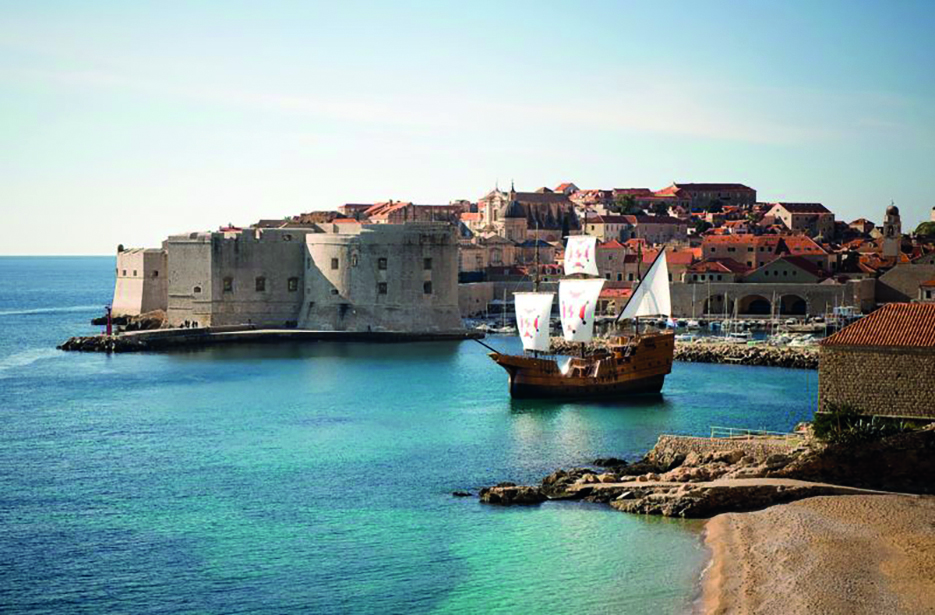
- in Croatia, over a distance of one hundred kilometers, one can see following the sea, the karst, the forests, the mountains and the plains.
- the canine race of Dalmatians got its name from Dalmatia and Dalmatian illyric tribe
- in Makarska is the museum of malacology and offers the largest collection of seashells and snails in the world
- in Mljet lies “the island on the island” because on the lake Veliko jezero is an islet, a rare natural phenomenon
- Croatia is the homeland of the tie: it was spread in Europe as a fashion accessory by Croatian soldiers in the 17th and 1667, at the time of Louis XIV and it was founded a special regiment “Royal-ties”. Parisians have adopted this new fashion article worn “croatian” and this expression suddenly became the root of the new French word tie




